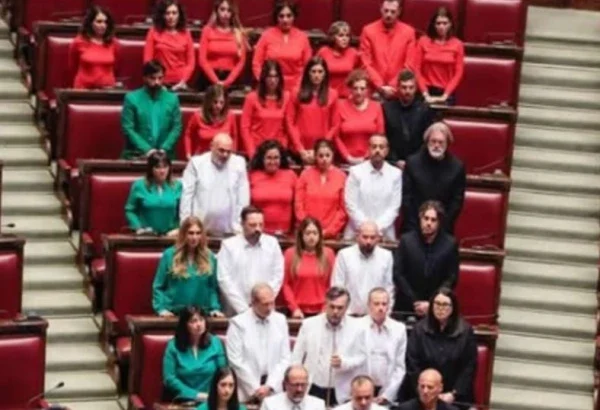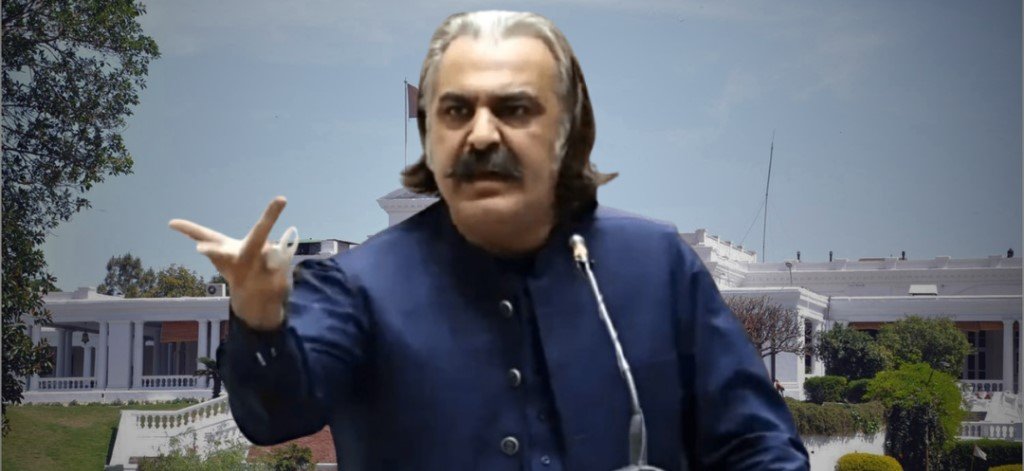In a powerful gesture of political solidarity, a group of Italian Lawmakers Wear Flag Colors to Support Palestine Cause—red, green, black, and white—during a parliamentary session. The symbolic move, staged in the heart of Italy’s legislative assembly, was meant to express support for the people of Palestine amid ongoing tensions and humanitarian concerns in the region.
The lawmakers, representing various political parties and viewpoints, set aside their differences to send a unified message about human rights, international law, and the need for a peaceful resolution to the long-standing Israeli-Palestinian conflict. The choice of the Palestinian flag’s colors was not random—it served as a visual reminder to both their colleagues and the public of the suffering faced by civilians in Gaza and the West Bank, as well as the urgent call for a ceasefire and renewed diplomatic efforts.
A Bold Move in the Italian Parliament
Parliament is traditionally a space for formal debate and policy-making, but symbolic acts like this can often resonate more deeply with the public than speeches alone. On the day of the demonstration, lawmakers entered the chamber wearing scarves, ties, jackets, or dresses that prominently displayed the Palestinian colors. Some also carried small pins or badges with the flag itself.
Observers noted that as they took their seats, the visual impact was immediate. The mix of red, green, black, and white contrasted sharply with the usual muted tones of parliamentary attire, drawing cameras and sparking immediate conversation both inside and outside the assembly.
The Message Behind the Gesture
According to those who participated, the demonstration was aimed at urging the Italian government to take a stronger stance on the humanitarian crisis in Palestine. They emphasized the importance of supporting international efforts for a ceasefire, protecting civilians, and resuming peace negotiations based on mutual recognition and respect for international borders.
Several lawmakers stressed that their action was not about taking sides in a conflict between two peoples, but rather about advocating for human rights and dignity for all. They pointed out that international law, including numerous United Nations resolutions, recognizes the rights of Palestinians to self-determination and the need for an independent Palestinian state alongside Israel.
Context: Why Now?
The move comes amid a period of heightened violence in Gaza, with reports of rising civilian casualties, destruction of infrastructure, and worsening humanitarian conditions. Images and reports from the region have sparked protests and demonstrations around the world, with activists calling for governments to pressure both sides toward peace.
In Italy, public opinion on the conflict has long been divided, but sympathy for Palestinian civilians has grown in recent months due to widely shared images of devastation and accounts from humanitarian organizations. By wearing the flag colors in parliament, these lawmakers were aligning themselves with those calling for an immediate end to hostilities.
Support and Criticism
As with most political gestures, the act drew both praise and criticism. Supporters applauded the lawmakers for using their public platform to stand against violence and advocate for peace. Many saw it as an act of moral courage, especially in an international climate where taking a clear stance on the Israeli-Palestinian conflict can be politically sensitive.X
Critics, however, argued that the move risked being seen as one-sided, potentially alienating communities that support Israel’s right to defend itself. Some opponents in parliament accused the lawmakers of oversimplifying a complex geopolitical issue, suggesting that symbolism should be matched with concrete policy proposals to be truly effective.
International Reaction
News of the Italian lawmakers’ gesture quickly made its way beyond Italy’s borders. Images from the parliamentary session were shared widely on social media and covered by international outlets. Palestinian advocacy groups welcomed the move, thanking the lawmakers for drawing attention to their cause.
Meanwhile, Israeli representatives and supporters expressed concern that such actions could contribute to an unbalanced narrative in the international arena. They stressed the importance of recognizing the suffering of civilians on both sides of the conflict.
Symbolism in Politics
The use of symbolic clothing or colors in political settings is a long-standing form of protest and advocacy. In the past, lawmakers around the world have worn specific colors to support women’s rights, environmental causes, or anti-corruption campaigns. The Italian lawmakers’ use of the Palestinian flag colors fits into this tradition, showing how visual symbolism can complement political speech.
Political analysts note that such gestures often serve as a catalyst for public conversation. Even if they do not immediately result in policy change, they can shift public attention toward an issue, influence media coverage, and increase pressure on decision-makers. READ NEXT https://elevenpakistan.com/bahria-towns-robaish-marquee-sold-50-8-crore/
Next Steps
Some of the participating lawmakers have already called for a parliamentary debate specifically dedicated to the Italian government’s position on the conflict. Proposals under discussion include increasing humanitarian aid to Gaza, supporting international investigations into alleged violations of human rights, and pushing for renewed peace talks under the auspices of the United Nations or the European Union.
Whether or not the symbolic act leads to concrete policy change, it has already succeeded in one respect—it has brought the Palestinian cause to the forefront of Italian political discourse, at least for the moment.
Conclusion
The decision by Italian lawmakers to wear the colors of the Palestinian flag during a parliamentary session was more than just a fashion statement—it was a deliberate and calculated political act. In a world where images can travel across the globe in seconds, the gesture resonated far beyond the walls of the Italian parliament.
It served as a reminder that in times of crisis, political leaders can use their visibility to stand in solidarity with those facing hardship. Whether one agrees or disagrees with the message, there is no denying the impact such symbolic acts can have in shaping public dialogue and keeping humanitarian issues in the spotlight.
READ NEXT



